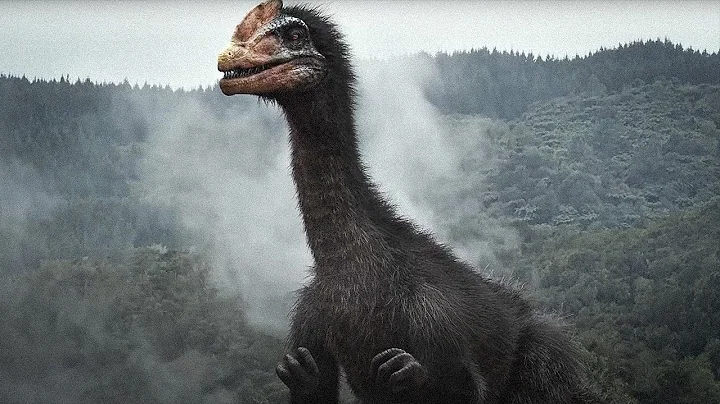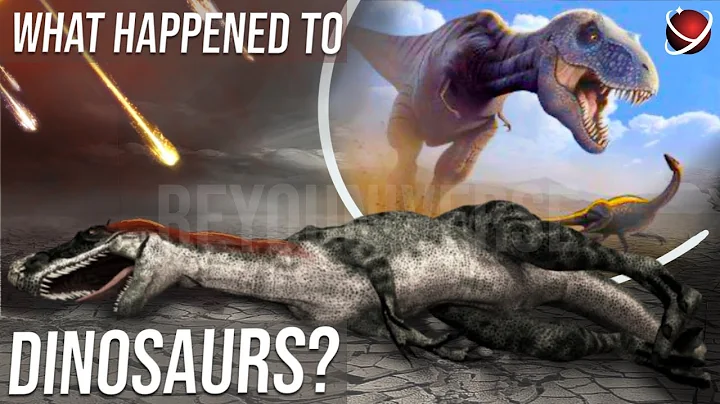
Paleontologists suggest in a new paper published in the journal Science Advances that early dinosaurs' astonishing ability to withstand freezing temperatures and long, harsh winters may have contributed to their dominance of the Earth after their extinction at the end of the Triassic. due to the terrestrial environment.
During the Triassic period 200 to 250 million years ago, dinosaurs were still relatively small seedlings, second only to the bulky large dicynodonts and large crocodiles Pseudosuchus , including Saurosuchus A ferocious carnivore. Their lower status stems mainly from the fact that they lived at high latitudes in Pangea - the supercontinent that gathered most of the world's land mass between 335 and 200 million years ago - while other animals lived in the lush tropics around the equator.

The approximate location of dinosaurs on the continent approximately 202 million years ago. Also shown is the location of the Junggar Basin.
Because the Earth was then in a "greenhouse" state caused by extremely high levels of atmospheric carbon dioxide , temperatures were very warm even in the Arctic and Antarctic regions. Whether these areas experienced freezing temperatures at the time has actually been debated. Climate model data suggest this is the case, but empirical evidence has been lacking. Paul Olson, the Arthur D. Storke Memorial Professor of Biology and Paleoenvironment at Columbia University, and colleagues provide this evidence in a new paper. They found fossilized drifting fragments of lake ice in the modern Junggar Basin, which were caused by "a mixture of seasonal ice that freezes along the coastline, comes into contact with the lake bottom, and then drifts out to open water as it breaks up and melts"— —Tianhaojiagou, China. Dinosaur footprints have been found in the same geological layer that once stood in the high Arctic - strong evidence that dinosaurs lived in the frozen region.
Olson and his colleagues believe that feathers helped dinosaurs thrive in these occasionally inhospitable areas, shielding them from the cold. However, pseudosuchians lack these fluffy, warm feathers. Since pseudosuchians live in tropical areas, it is understandable that they do not have feathers, but it is most likely that pseudosuchians were devastated when global disasters struck. reason.
As the best scientists know, about 201.3 million years ago, a series of sustained volcanic eruptions occurred that spewed soot and carbon into the atmosphere, changing the climate. Olson and his colleagues speculate that this turbulent period may have contributed to winters that could last a decade or more. While feathered dinosaurs could withstand these climate shocks, "naked" pseudodinosaurs could not. They became extinct along with 40% of terrestrial vertebrates.
Dinosaurs are often thought of as tropical creatures, Olson and his co-authors write, but "by adapting to colder temperatures, dinosaurs were able to survive winter, allowing them to expand and dominate terrestrial communities for the next 135 million years." ."





















